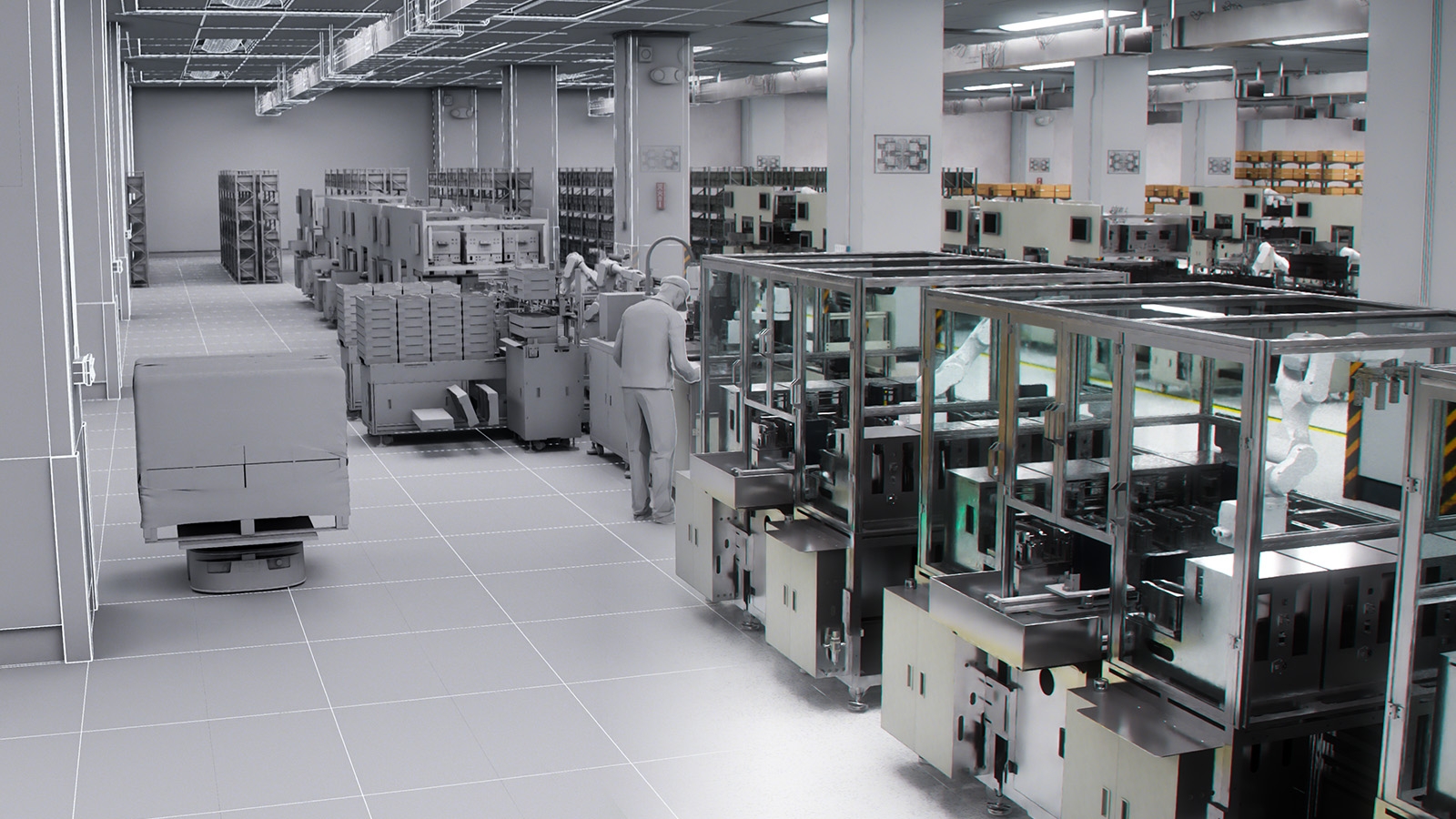Drawing on IDTechEx’s complete protection of present and rising purposes throughout the printed/versatile electronics market, the report supplies over 50 distinct forecast traces with every manufacturing methodology additional segmented by software. Main perception from interviews and interactions with particular person gamers, starting from established gamers to modern start-ups, is included by way of over 40 detailed firm profiles that embody dialogue of each know-how and enterprise mannequin together with SWOT evaluation. General, the report supplies a complete view of developments and competing applied sciences with printed/versatile electronics.
Manufacturing Printed Electronics 2023-2033 explores the developments, transitions, and technological improvements inside the printed electronics gear market. Drawing on interviews and interactions with over 40 corporations, we assess the attributes, readiness degree, use instances and market demand for 3 courses of analogue printing and 5 courses of digital printing (throughput, minimal function dimension and suitable ink viscosity of those competing applied sciences is clearly outlined). The report additionally covers vacuum deposition, additive circuit prototyping (each 2D and 3D) and mounting parts – a important step within the manufacturing of versatile hybrid electronics. Moreover, the motivation, challenges and facilitating applied sciences related to the transition in the direction of roll-to-roll R2R electronics manufacturing are comprehensively coated.
Transition to R2R manufacturing
Compatibility with speedy roll-to-roll (R2R) manufacturing is usually cited as a key worth proposition of printed/versatile electronics. By printing the performance onto versatile substrates, moderately than etching copper from inflexible substrates, related manufacturing strategies (and therefore throughputs) as typical graphics printing may be achieved. With such excessive throughputs the mounted price of the manufacturing gear may be shared throughout many extra circuits, that means that the whole manufacturing price is dominated by the supplies used. As such R2R electronics manufacturing is seen as an essential facilitator of ubiquitous electronics, which can allow applied sciences corresponding to good packaging and digital pores and skin patches to be produced cost-effectively. Moreover, the excessive throughput of R2R electronics is ideally fitted to producing giant space gadgets corresponding to photovoltaic panels and lighting.
Nevertheless, up to now most R2R electronics manufacturing (RFID excepted) has remained confined to analysis facilities and pilot traces. A number of the challenges related to adopting R2R electronics manufacturing embody establishing ample order quantity, high quality management, and element attachment. The report explores these points, and descriptions rising technological options corresponding to excessive throughput digital printing, contactless in-line conductivity measurement, and photonic soldering.
Benchmarking manufacturing strategies by throughput and minimal function dimension.
Printing strategies
Display screen printing at the moment dominates printed electronics manufacturing, resulting from its compatibility with excessive viscosity flake-based conductive inks that allow thick traces to be deposited in a single cross. Moreover, the decision (i.e., minimal function dimension) that display screen printing can obtain has been steadily rising with the event of finder meshes. Nevertheless, it’s removed from the one deposition possibility.
Whereas many typical analogue graphics printing strategies (corresponding to flexography) may be utilized to printed/versatile electronics, a lot of the innovation is inside digital deposition strategies that allow speedy prototyping and facilitate excessive combine low quantity manufacturing (HMLV). Particularly notable is laser induced ahead switch (LIFT), which may be considered combining the advantages of inkjet, display screen printing and laser direct structuring. This digital methodology can deal with viscous inks, has a excessive throughput (being optically pushed), and might even be used on non-planar surfaces since it’s a non-contact methodology.
Different rising printing strategies intention to convey additive digital manufacturing to size scales at the moment achieved with subtractive strategies. Electrohydrodynamic (EHD) printing, wherein traces as slender as 1 um are produced utilizing an electrical subject, is steadily gaining business traction for prototyping and repairs. Moreover, a number of corporations are growing multi-nozzle methods utilizing MEMS (micro electromechanical methods) printheads to considerably break the longstanding trade-off between throughput and viscosity.
Outlook
It’s an thrilling time for printed/versatile electronics, with a number of merchandise (corresponding to backlit capacitive contact sensors in automobiles) reaching vital business adoption during the last yr. Nevertheless, arguably probably the most compelling development alternatives are for purposes facilitated by printed/versatile electronics, since typical electronics is both too costly, too inflexible, or each. Digital pores and skin patches for steady well being monitoring and good packaging are nice examples however will want excessive throughput R2R manufacturing to provide the versatile circuitry at an appropriate worth level. At a lot smaller size scales, aerosol printing is gaining business traction in superior semiconductor packaging, whereas rising the throughput of very excessive decision EHD printing will open up new purposes on this area and others corresponding to microfluidics.
Key questions answered on this report
What are the choices for manufacturing printed/versatile electronics throughout totally different size scales and throughputs?
What are the benefits of additive over subtractive manufacturing?
What are the rising manufacturing applied sciences for printed/versatile electronics, and what’s their technological and business readiness standing?
What are the challenges related to adopting R2R electronics manufacturing? How can these be resolved?
Which manufacturing applied sciences are greatest suited to every software?
Who’re the important thing gamers producing every manufacturing know-how? How do they examine?
What are the improvements in element placement and attachment that facilitate versatile hybrid electronics?
IDTechEx has 20 years of experience overlaying printed and versatile electronics, together with printing and manufacturing strategies. Our analysts have intently adopted the newest developments within the know-how and related markets by interviewing many gear suppliers and product builders, together with yearly attending a number of printed electronics conferences corresponding to LOPEC and FLEX. This report supplies a complete image of the manufacturing panorama for this rising know-how, serving to to help decisions in product improvement and when scaling as much as mass manufacturing
Key elements
This report supplies the next info:
Expertise developments & producer evaluation:
Dialogue, comparability, and analysis of seven analogue and 7 digital printing strategies. This contains modern digital manufacturing strategies with novel capabilities, together with laser induced ahead switch (LIFT), electrohydrodynamic (EHD) printing from a number of nozzles concurrently, and impulse printing.
Over 40 firm profiles of producing gear suppliers, contract producers and producers, together with SWOT evaluation and dimension together with dialogue of worth proposition and goal purposes.
Dialogue of the standing, challenges and alternatives related to R2R manufacturing, a key potential advantage of printed electronics.
Benchmarking of analogue and digital manufacturing strategies by throughput, minimal function dimension, and ink viscosity.
Many case research outlining how the totally different manufacturing applied sciences are being deployed for manufacturing and in analysis facilities.
Dialogue and analysis of rising element attachment strategies, corresponding to photonic soldering and direct switch, that are important in realizing versatile hybrid electronics (FHE). Rising element attachment supplies corresponding to ultra-low-temperature solder and field-aligned conductive adhesives are additionally mentioned.
Overview of competing additive circuit prototyping applied sciences, each 2D and 3D.
Evaluation of which purposes every manufacturing methodology is greatest suited to.
Market Forecasts & Evaluation:




